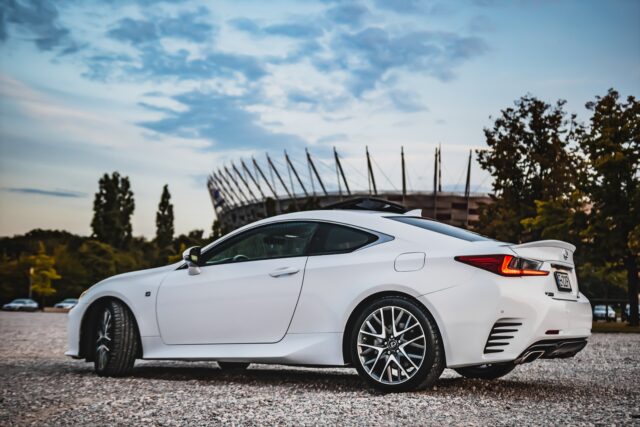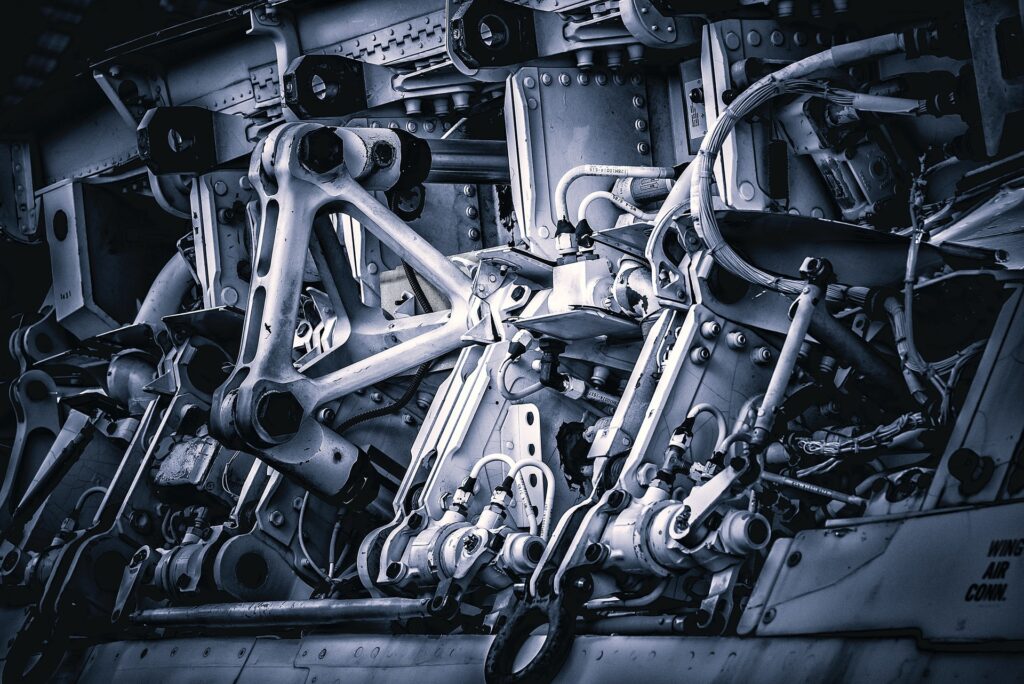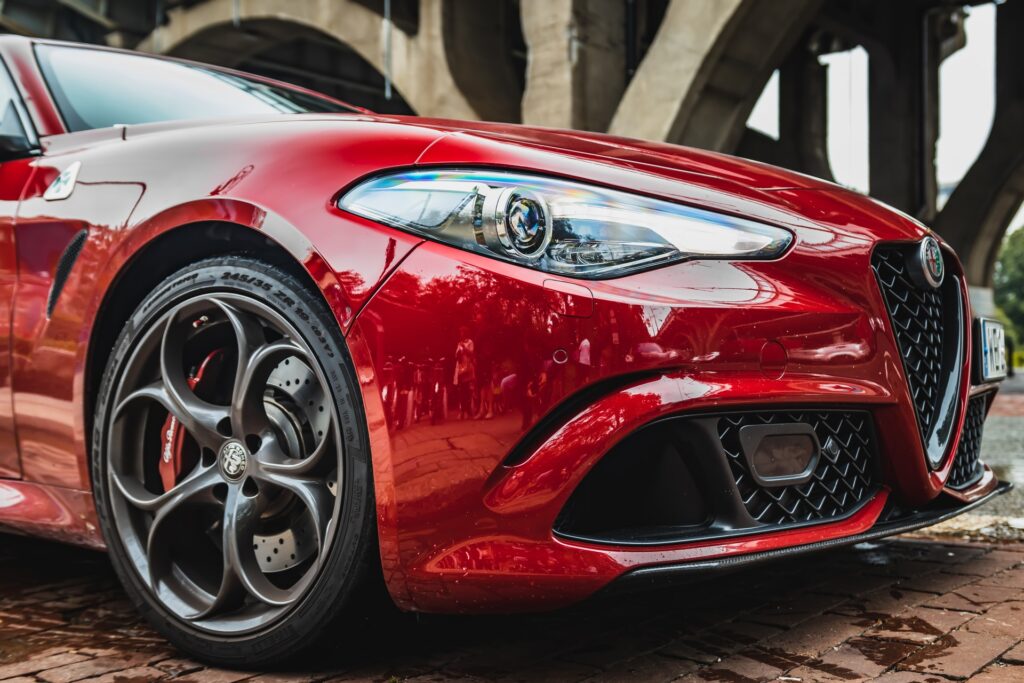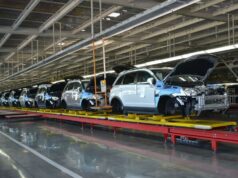
Most of us know how to change the oil and the occasional filter, and we only go to the mechanic when a major malfunction occurs. Eventually, you get a bill, the mechanic explains in some foreign language what happened and you take it for granted.
For the uninitiated, the interior of a car is a picture of great confusion. An ordinary passenger car is made up of more than 13,000 individual parts; of which 1,500 are in motion aligned with each other to the nearest hundredth of a millimeter or less. The car is made of almost 60 different substances, from steel and straw cardboard to nickel and nylon.
It is easiest to explain how a car works if it is divided into seven functional assemblies. Despite the really big differences in shape, characteristics, and prices, in fact, all modern cars work on the same principles.
A car is a complex device that is made of thousands and thousands of different parts, and yet its basic and most useful part, the part without which no car could function is the engine. The car’s engine is considered the “heart” of the vehicle, ie its basic driving force. After all, when we talk about the very beginning of the automotive industry, we can’t help but connect that period with the invention of the internal combustion engine, which enabled the development of that activity.
The economic life of the average car is about eight years or 130,000 kilometers. The car should be regularly maintained and, if necessary, a spare part should be replaced. More about spare parts at UsedPart.us. With good care, the shelf life can be extended. While every part in the car is important for the vehicle to work as intended, there are a few components that we can single out as the main ones.
1. Engine

The modern car engine is nothing but a wonderful piece of human engineering, which combines different scientific disciplines and a perfect understanding of the artistic elements of design to give you a very powerful, very elegant, and low-consumption machine. Indeed, the modern automobile engine has come a long way since Carl Benz’s first design in 1879. Now obsolete single-cylinder, 2-stroke engines have paved the way for more modern car models.
And if you love your vehicle, don’t you think you’d like to know more about that big piece of metal block that drives your car, transports you to places you’ve never dreamed of, and gives you pleasures you’ve never experienced before? Well, you’ve come to the right place. It doesn’t matter if you don’t know anything about the car or you are a big car enthusiast, it is also important to know a few things about the machine that powers your vehicle every day.
2. Combustion chamber
Remember what we said about the internal combustion engine as a miraculous piece of technology that converts chemical energy into mechanical energy? Well, that magic happens in the combustion chamber. Here, your fuel mixes with the air, exert pressure and then ignites to produce those little explosions we talked about earlier. These explosions are filled with so much energy that they move the pistons down in the cylinder block. The combustion chamber is that part of the cylinder in the engine block which is defined by the surfaces of the cylinder wall, the cylinder head, and the top of the piston which serves as the wall, ceiling, and floor of the combustion chamber, simplified.
3. Steering wheel
Without sophisticated steering mechanisms, it would be difficult to drive even an average-sized car, and driving large cars and trucks without the hydraulic or pneumatic power boosters needed to steer would be very strenuous.
4. Car body

Today, very few cars have a real load-bearing frame; instead, the self-supporting body holds all the car’s components together. As a rule, the self-supporting body consists of 35 to 40 m2 of parts and profiles made of sheet steel 0.4 to 0.9 mm thick. No matter how the self-supporting body is shaped, it must be able to withstand the large loads imposed on it by driving.
5. Wheels, tires, brakes

At about 100,000 kilometers, each wheel turns at least 50 million times around its axis. When the car brakes from a speed of 100 km / s to a complete stop, heat is released at which the water vibration could boil.
- We use the brakes every day when driving a car.
- What are brakes and what are they for?
- Brakes have one of the most important roles in our car, stop it as safely and quickly as possible!
- To accomplish this task, their construction is quite complex, from the pedals to the wheels themselves.
What kind of brakes do we have on our car?
- Service brake
- Parking brake (parking brake)
When driving a car, we act on the brake with our foot, thus slowing down or stopping the car, but what seems simple to us is not so. The master brake cylinder is mounted on a “servo drum” or brake force booster and contains a division of the braking principle.
It has two outputs – one for the front left and rear right and the other for the front right and rear left.
We talked about these transverse divisions, that’s where it starts.
There is also a tank with brake oil on the cylinder itself, which needs to be checked once a year and must be replaced every 24 months.
Tires play a very important role and there are winter and summer. Old tires are a very common cause of accidents on the road because they lead to slipping. You can check Automotive Stuff for they offer a quality selection of black rhino wheels and tires.
Final thoughts
Car maintenance saves money because it prevents small problems and breakdowns from turning into big and expensive ones. The easiest way is to check the tires. Maintenance of tires or tires can extend their service life and prevent failures. Tires are increasingly worn because they are inflated incorrectly, due to improper centering and balance of the wheels, wrong dimensions and loads, bad shock absorbers and, – bad driving habits.
Tire pressure should be checked once every ten days, and before each long trip, especially if you are traveling from warm to colder regions and vice versa. When checking tires, always do so when they are cold. After every 500 kilometers, you should check the oil level in the engine. And you can easily do it yourself. All you need to do is check the oil dipstick.
You can also clean the battery regularly. Cleaning is not recommended for aesthetic reasons, but to prevent energy loss. A battery is an energy reservoir that, by converting electricity into chemical (charging), accumulates a certain part of the electricity supplied to it.







